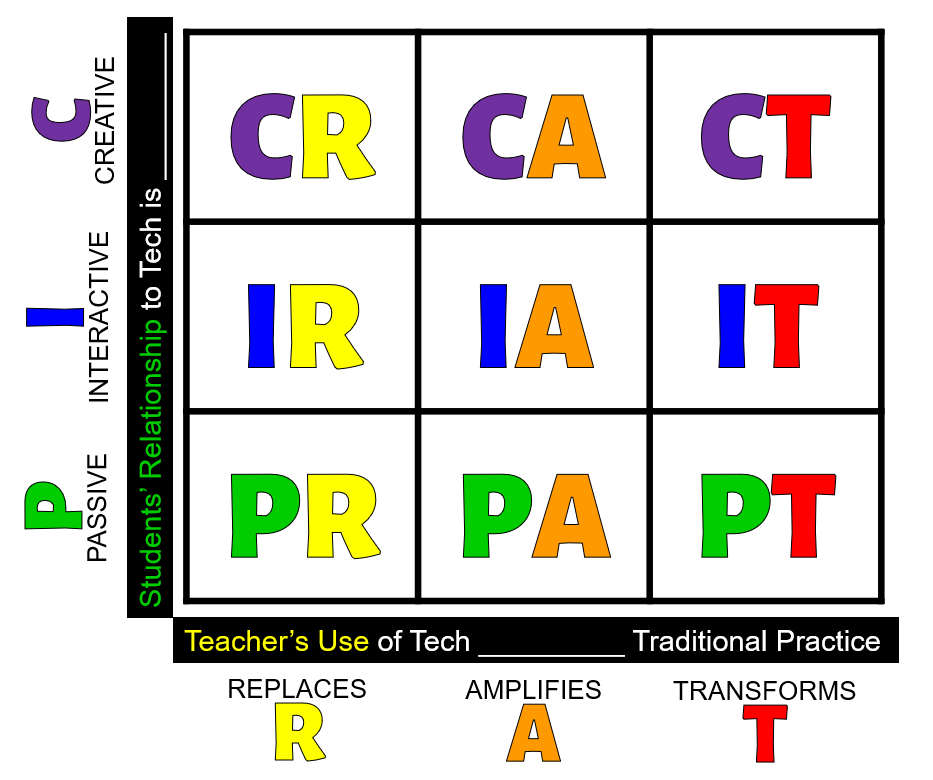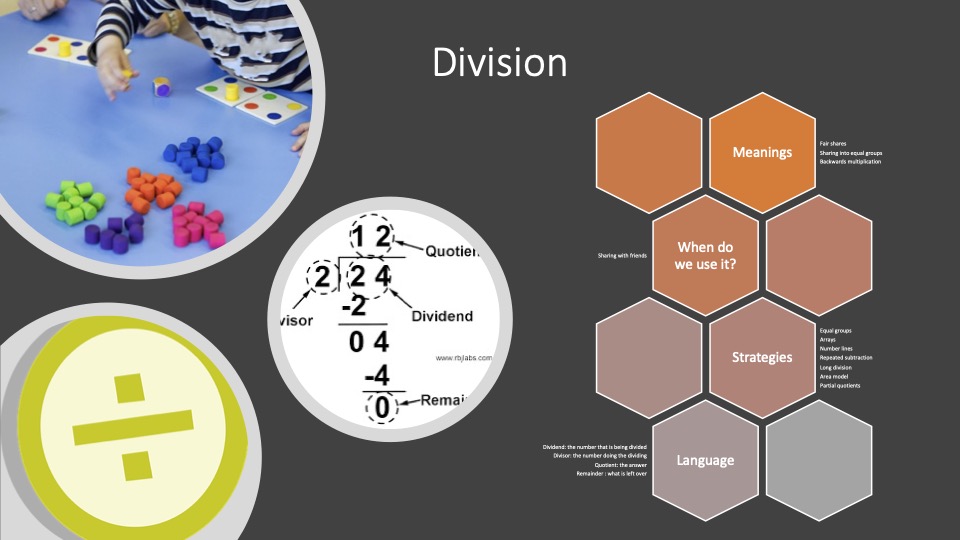Response to the video
Initially watching the video the concept of “achieved curriculum” stood out to me, and my mind instantly jumped to how many times I thought I covered a new idea or concept well and then when I went to assess my students work, something fell short and I didn’t convey what I wanted to or needed to as clearly as I should have. As someone who has traditionally used Backwards Design principles and UDL this often leads to frustration with myself. Reflecting on it I tend to fall apart in the instructional phase, as I change and adapt my day-to-day learning activities on the fly using the quick fix / extended DIY impediment I don’t update my final assessments to reflect what we have learned and done. I am also guilty of spending more time focusing on the cognitive domain when planning learning activities. Reflecting further on my practice and looking at it from a more removed position than usual having not been in the classroom since June I am seeing that when I give students more voice, choice and authentic learning opportunities those often go in directions I did not expect and in following my students learning and interests other topics I intended to touch on may not have been covered or covered to much less depth than intended. I over plan then in our collective excitement with student questions our learning path meanders somewhere unexpected and beautiful. The learning that comes out of student questions and following them is meaningful and powerful but also represents my own personal impediment. I went through my k-12 schooling in an era where learning was highly systematic with exact outcomes for all subjects at each grade level and little to no room for student input and voice. While in the personal impediment in the video the speaker talks about doing to our students what was done to us I find I often take the opposite approach and try not to be the teacher I had and instead be the teacher I needed.
Coming out of the video I want to explore Fink’s Taxonomy more and utilize it to update my planning process to create more opportunities for aligned learning. Looking ahead to my return to the classroom in September I am planning to learn more about Fink’s Taxonomy and how it can allow me to create rich authentic learning opportunities. I also need to remove some of the impediments in our way, many of which are in my own thinking and experiences. For my class this would look like more opportunities for inquiry around guiding questions as well as giving my students an opportunity to shape the questions we are working towards answering. If I think more about our grade wide biographies unit there appear to be many ways, I can improve the opportunities for significant and authentic learning by first changing the big question. At the grade 4 level there needs to be a balance of teacher direction and student autonomy to develop the learning skills needed to eventually do fully open-ended and independently motivated learning. Looking ahead I need to redistribute the balance of responsibility when it comes to projects and inquiry units. I have always been a fan of the Trevor Mackenzie graphic below:
(Mackenzie, 2016)
The ideas in the video greatly support moving towards the deep end of Guided Inquiry and Free Inquiry. If we are utilizing all of the tools to create environments that foster significant learning with support and guidance students will be successful in the deep end. However, like the graphic as teachers we need to build skills for students to swim or learn independently, in the graphic you can see the teacher figure gradually being removed from the group of learners this is also our goal for creating significant learning opportunities.
(University at Buffalo, n.d.)
Looking deeper into Fink’s taxonomy excites me seeing the opportunities for students to do things that are personally relevant and give students voice and choice while still addressing competencies. I think this is going to require a shift in my thinking more towards the BC Curricular competencies and focusing less on the curricular content. My hope is that students will be more engaged and motivated. I think in grade 4 we will still need large amount of teacher modeling and structured opportunities to practice this skills as we are building a lot of foundational skills and knowledge at this age. I am also looking forward to creating more opportunities for my students to see them selves reflected in the learning and ways that they can apply it beyond the 4 walls of our classroom.
- image_32552222931708287212175.png(133.26 KB)
- image_45250645921708287212173.png(1.8 MB)





